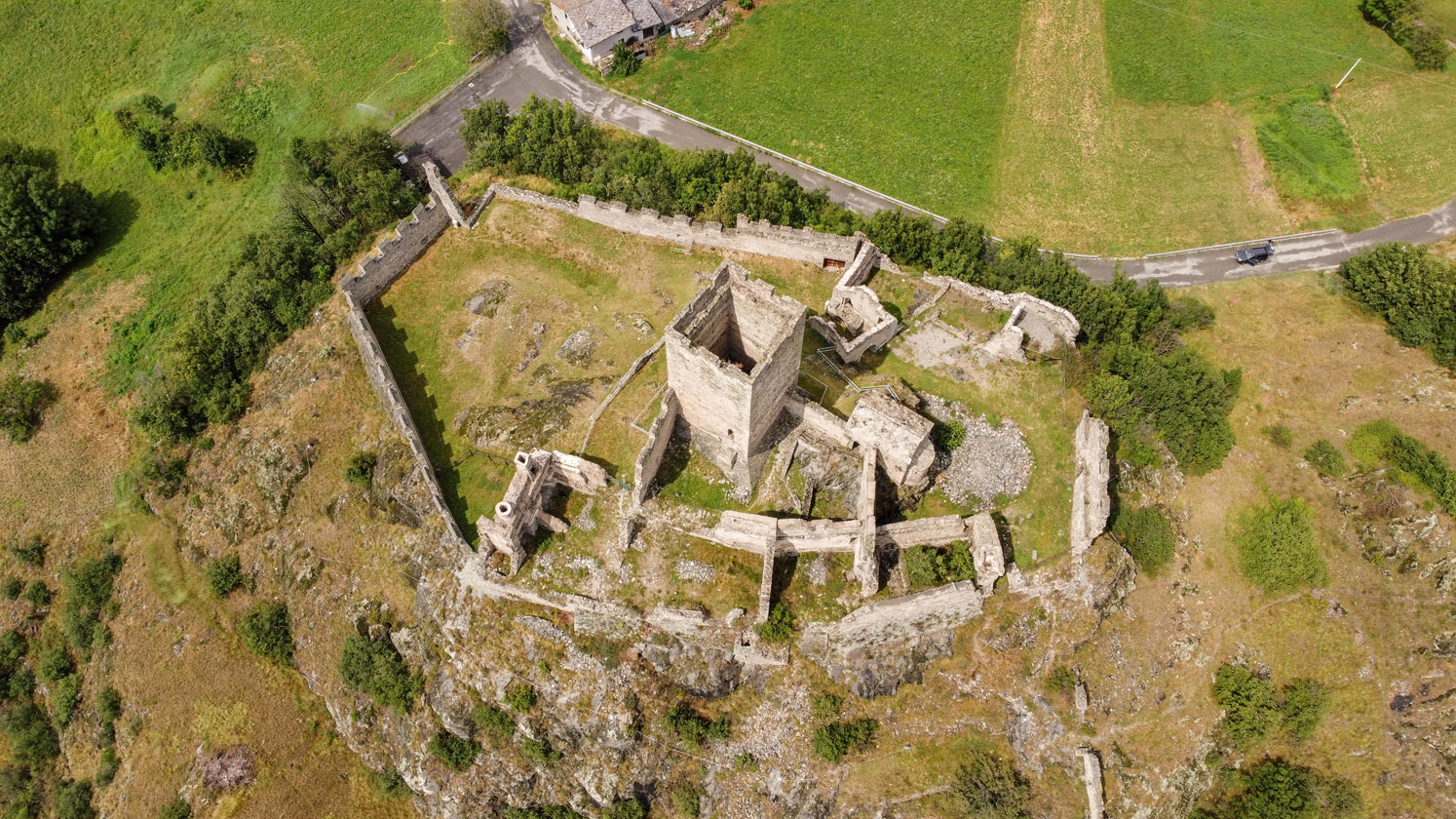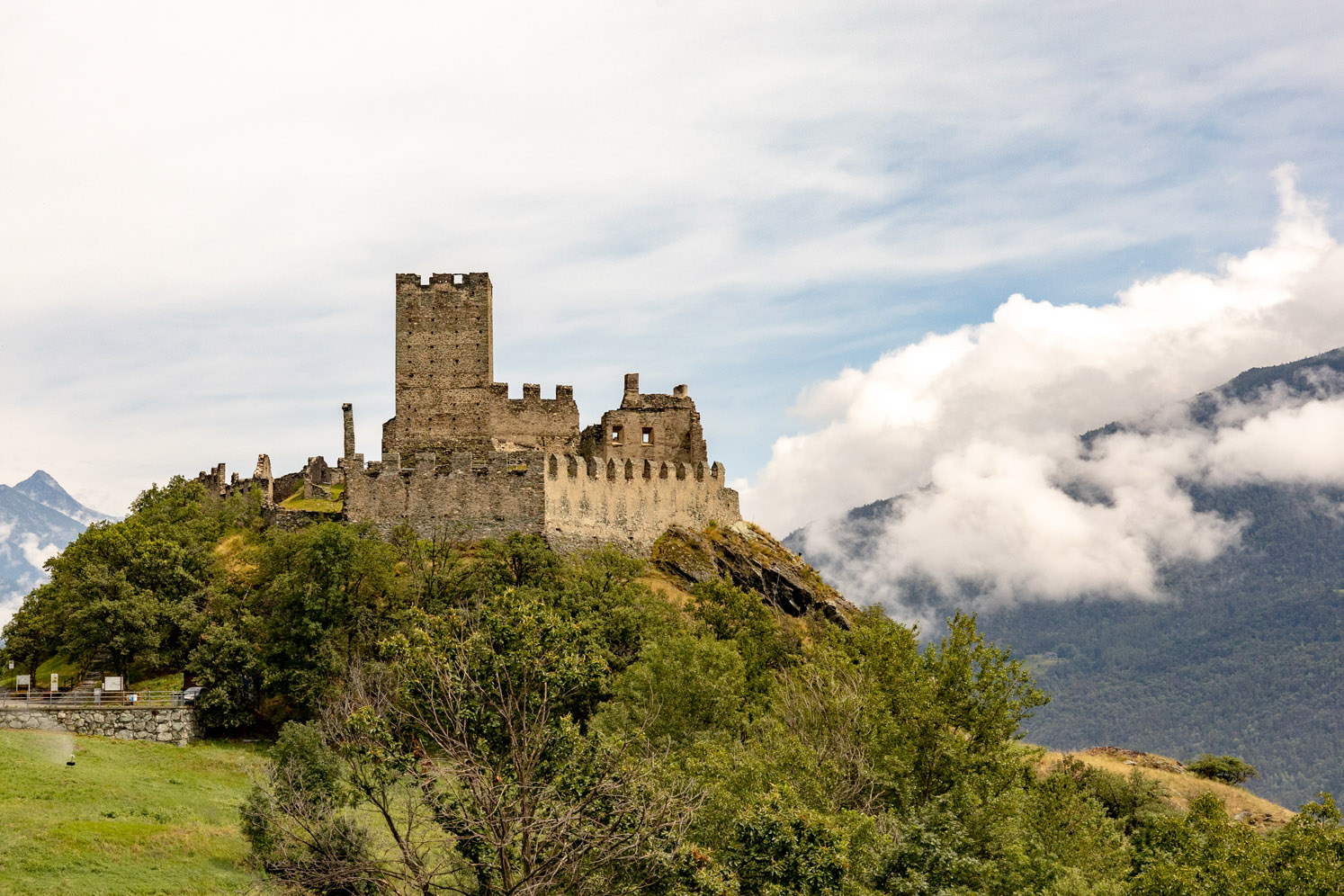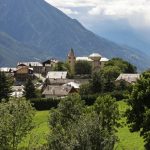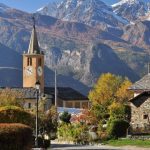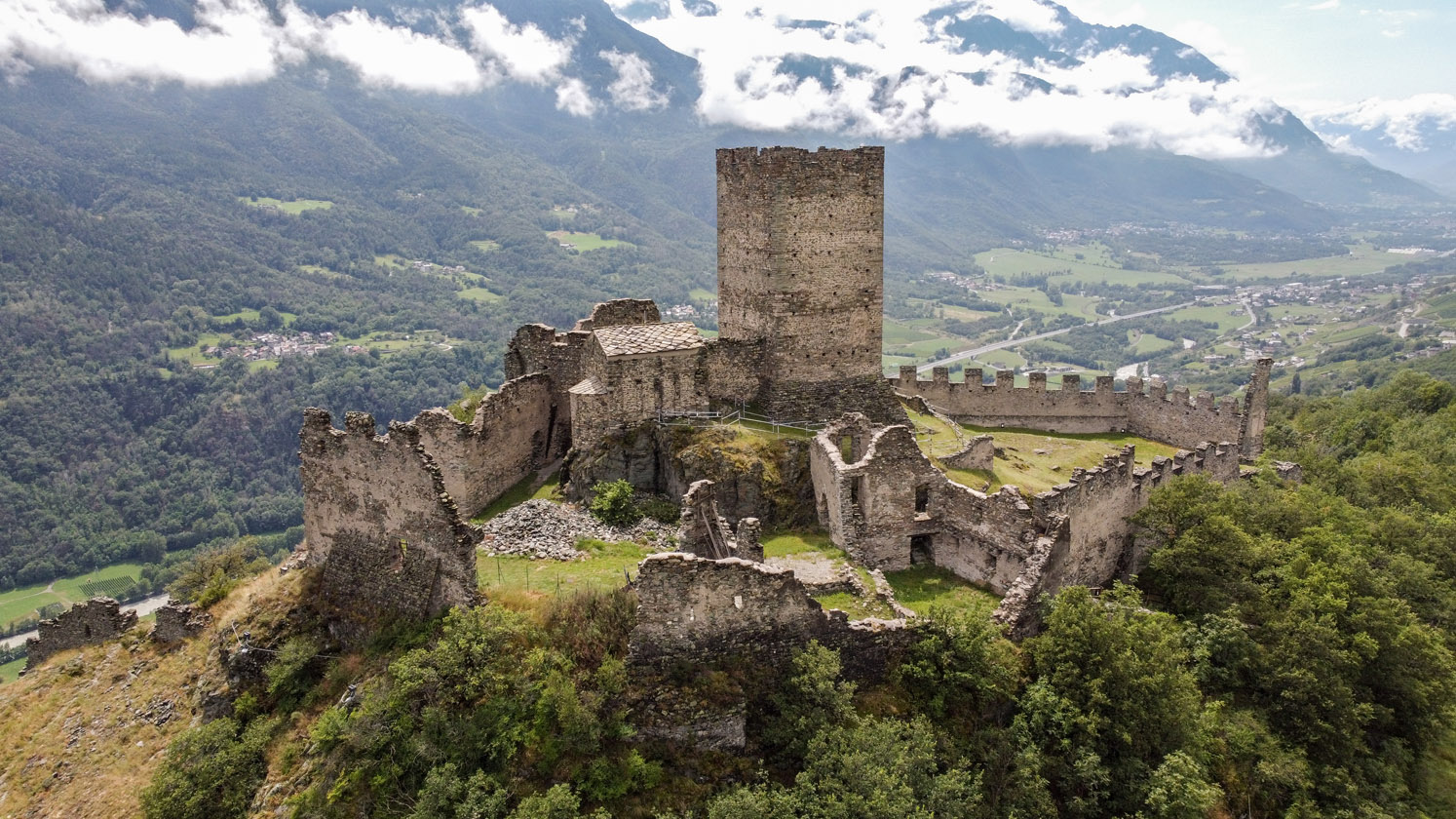
Chambave Cly Castle
The pristine mountain host of the lower valley
The Primitive Castle of the Challants: A Journey through Time in the Aosta Valley In Chambave, discover the Castle of the Challants, a medieval fortress that stands on a rocky rise, a silent witness to past eras that have seen settlements since the Bronze and Iron Ages.
This manor, an emblematic example of “primitive castles,” encompasses centuries of history, art and architecture, offering visitors a unique window into the region’s feudal and jurisdictional past. A Significant Feudal Residence Belonging to the Challant family of the Cly branch, the castle was the jurisdictional center of a vast fiefdom that included several locations in the Aosta Valley, from Verrayes to Valtournenche.
Passed to the Savoy in the course of dramatic events, the castle remained under their control until 1550, only to be acquired in the 17th century by the Roncas barons, who used many of its materials to build their palace in Chambave.
Visiting the Castle Today Guided Explorations Although the castle can be partially visited, the north entrance, the esplanade to the west, and the chapel can only be explored through guided tours.
These are organized mainly in the summer and during special events, offering guests an exclusive opportunity to immerse themselves in the site’s medieval history and atmosphere.
A Cultural and Educational Experience Guided tours are an opportunity to learn not only about the history of the castle but also about medieval construction techniques, architectural styles of the period, and the daily lives of its historic inhabitants.
Special events, often thematic, further enrich the experience, with historical reconstructions, exhibits, and presentations that bring the past to life.



Cly Castle The History
A Castle Loaded with History Origins and Architecture The castle, dating from the first thirty years of the 11th century, is known for its mighty donjon and the castrense chapel dedicated to St. Maurice, a jewel of Romanesque architecture.
The apse of the chapel, once adorned with wall paintings now almost gone, testifies to the cultural and spiritual importance of the castle over the centuries.

